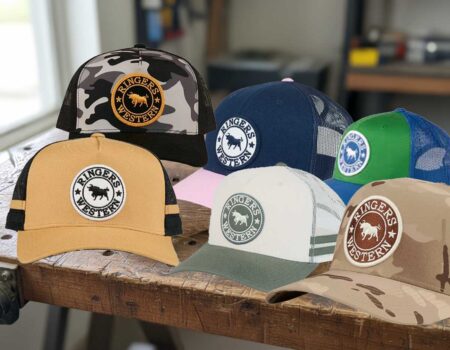The so-called “thigh gap jewelry” was never meant to be real. It was a bold art project designed to spark conversation about body image. When designer Soo Kyung Bae launched a website selling 18-karat gold-plated chains meant to dangle between a woman’s thighs, it seemed like just another disturbing trend glamorizing unrealistic beauty standards. But anyone who tried to buy one was met with a surprise: the site revealed the entire collection was fictional, created to challenge the harmful social media ideals that pressure women to attain the elusive “thigh gap.”

However, as intrigued customers discovered, this jewelry line was not as it seemed.
While visitors to the website, tgapj.com, can browse the collection and even add items to their cart, the “checkout” process redirects them to an unexpected revelation: “TGap Jewellery is a fictional company… launched to catalyze a debate on unrealistic body image social media portrays.”

Bae’s intent was never to sell jewelry but rather to make a striking statement about society’s unrealistic beauty standards and their effects on women.
She aimed to challenge the ever-growing obsession with the “thigh gap”, a space between the thighs that many women feel pressured to achieve. “By using outrageous products,” Bae commented, “I hope to bring a provocative jolt that leads us to ponder and reflect upon the absurd things we value and how they pressure women and girls.”

After the website’s launch on March 22, the initial shock and outrage from the public shifted to appreciation when they grasped Bae’s true message. One commenter praised the project’s fresh approach, highlighting its ability to provoke introspection on societal values. Bae concluded by expressing hope that the project would encourage a more self-loving perspective.

However, this project goes beyond just the thigh gap trend. The website also condemns other potentially harmful social media beauty trends, such as the “collarbone challenge” and “bikini bridge.” Its core message remains: some women naturally have thigh gaps, while others don’t, but neither should be a standard of beauty or self-worth.

In a world where media constantly reshapes ideals, initiatives like Bae’s remind us to question, reflect, and ultimately embrace our unique selves.





